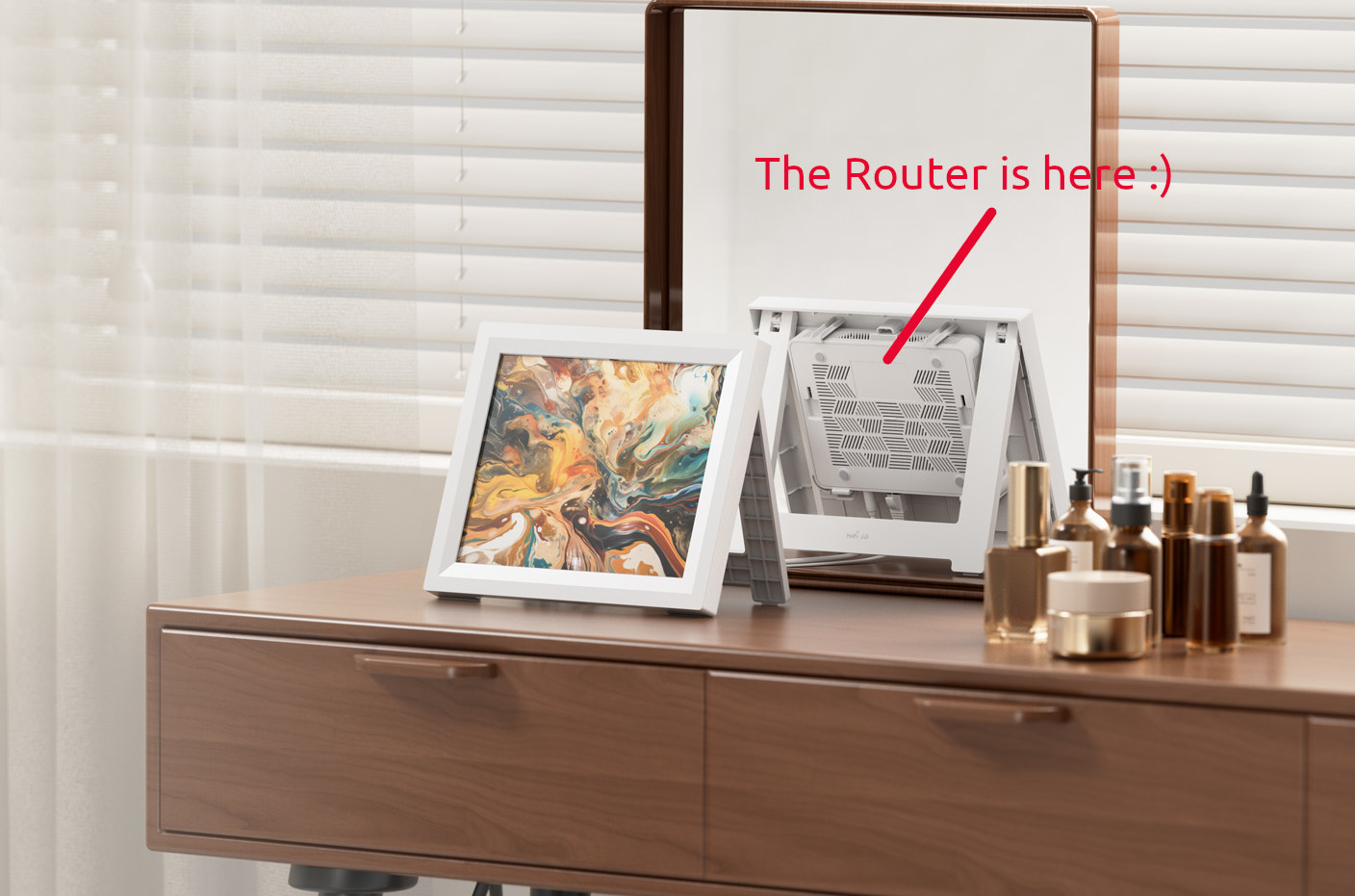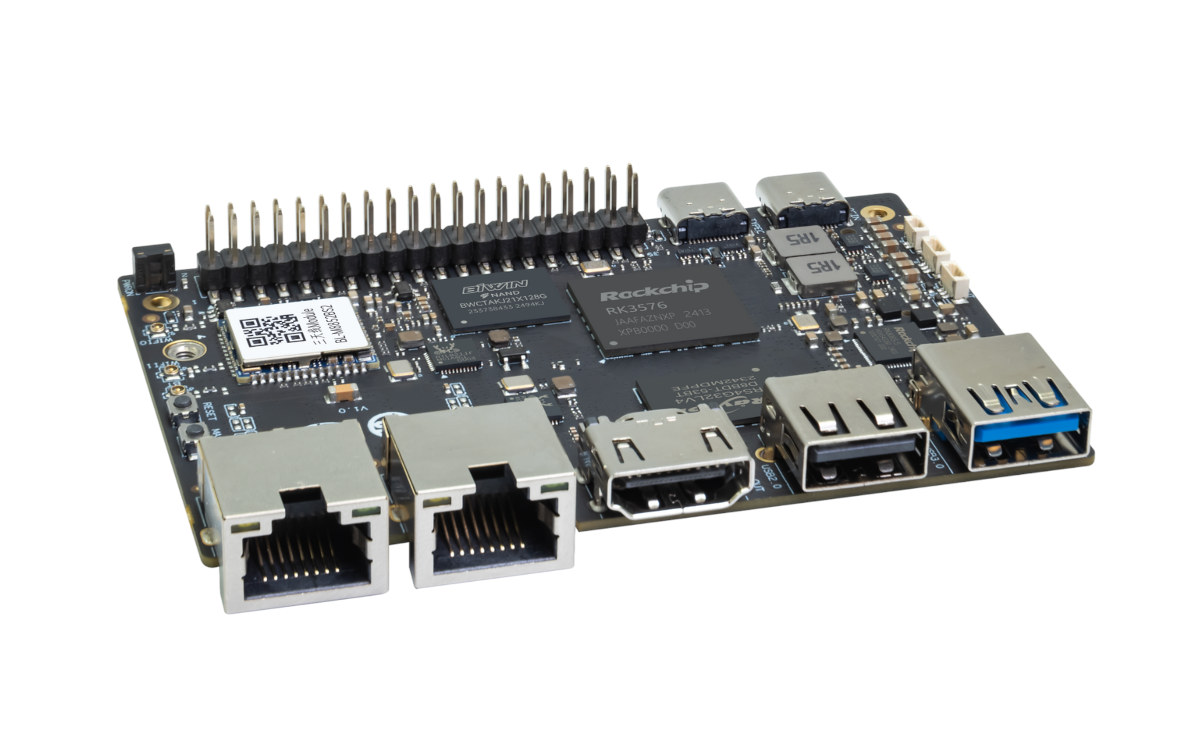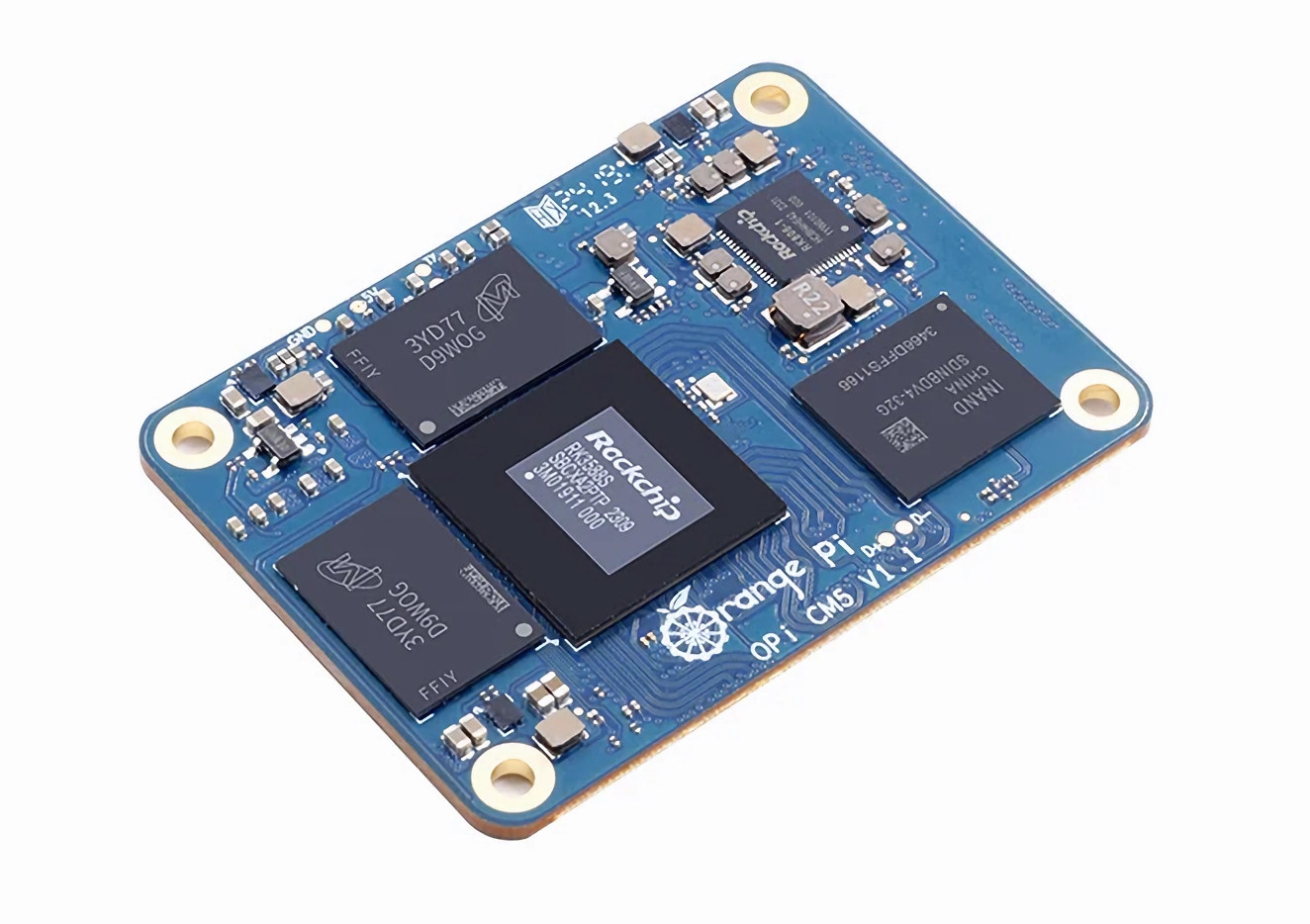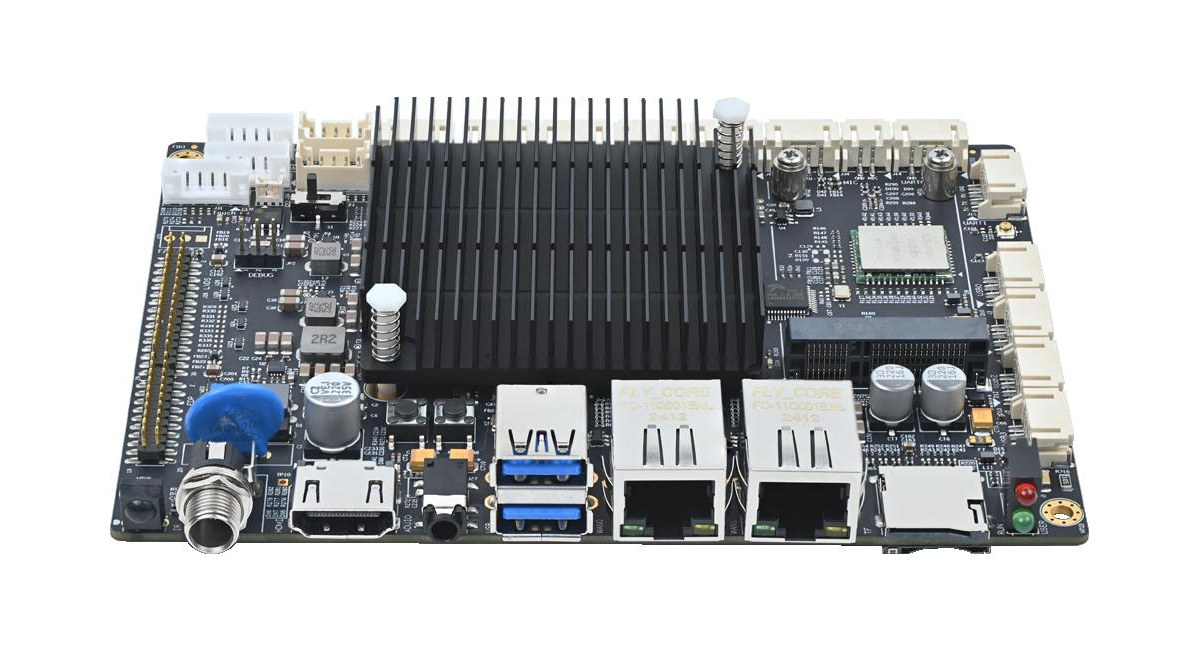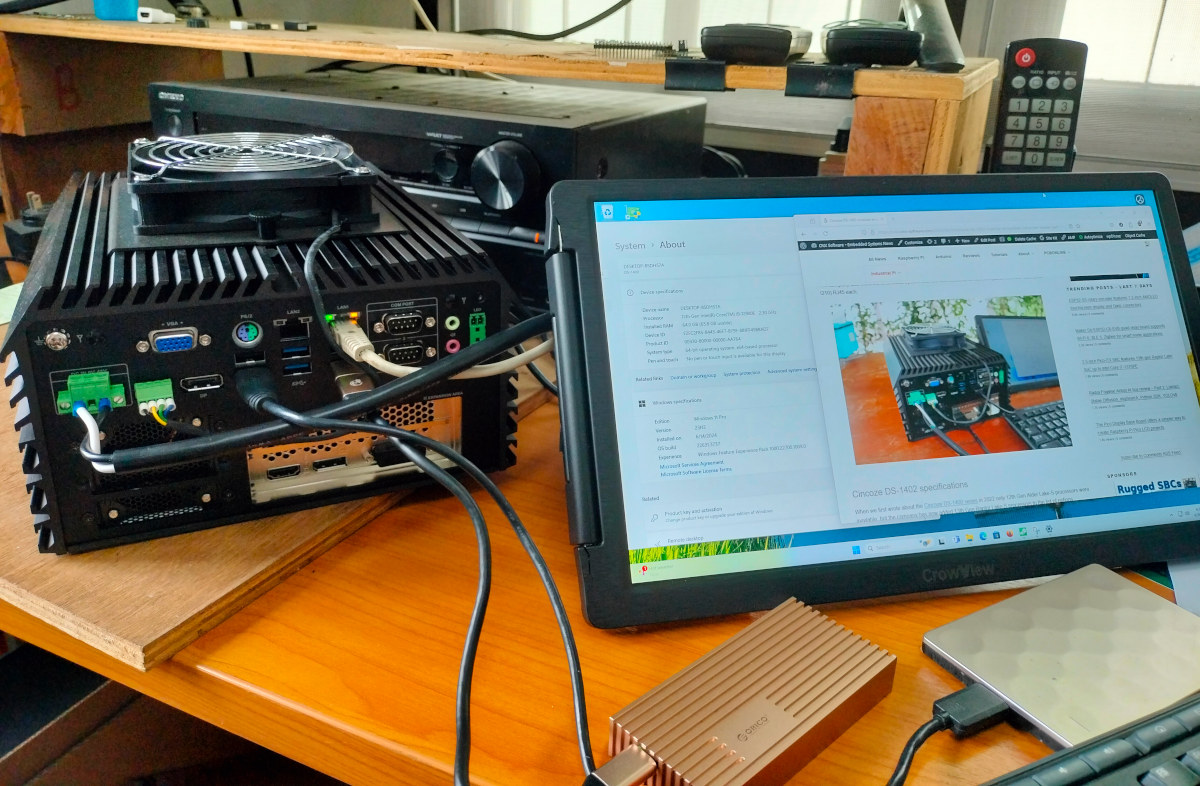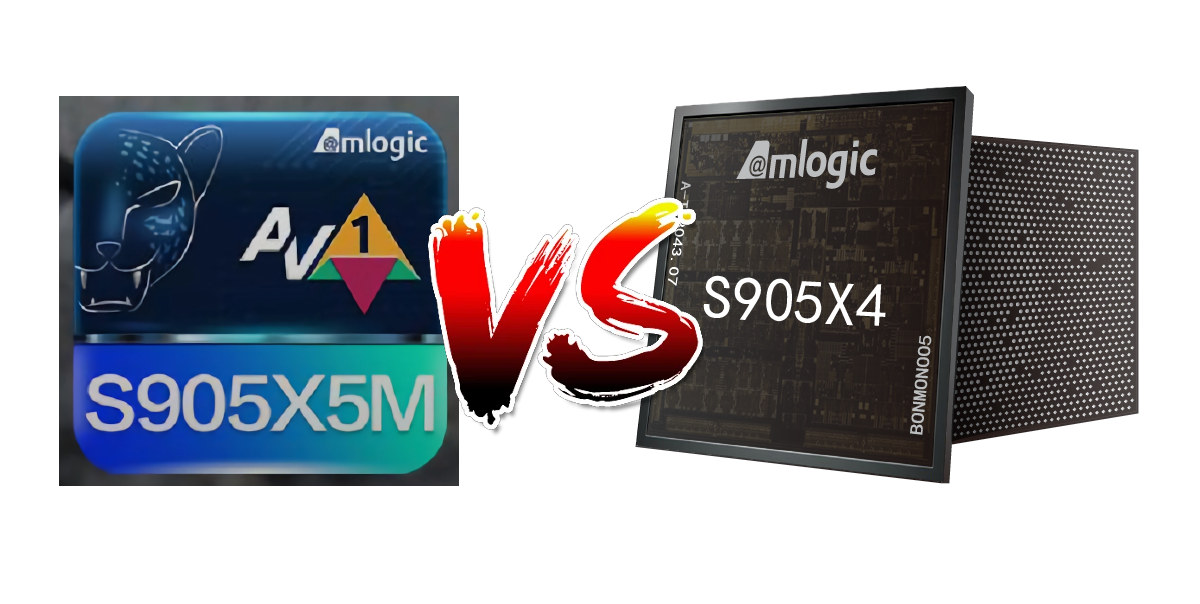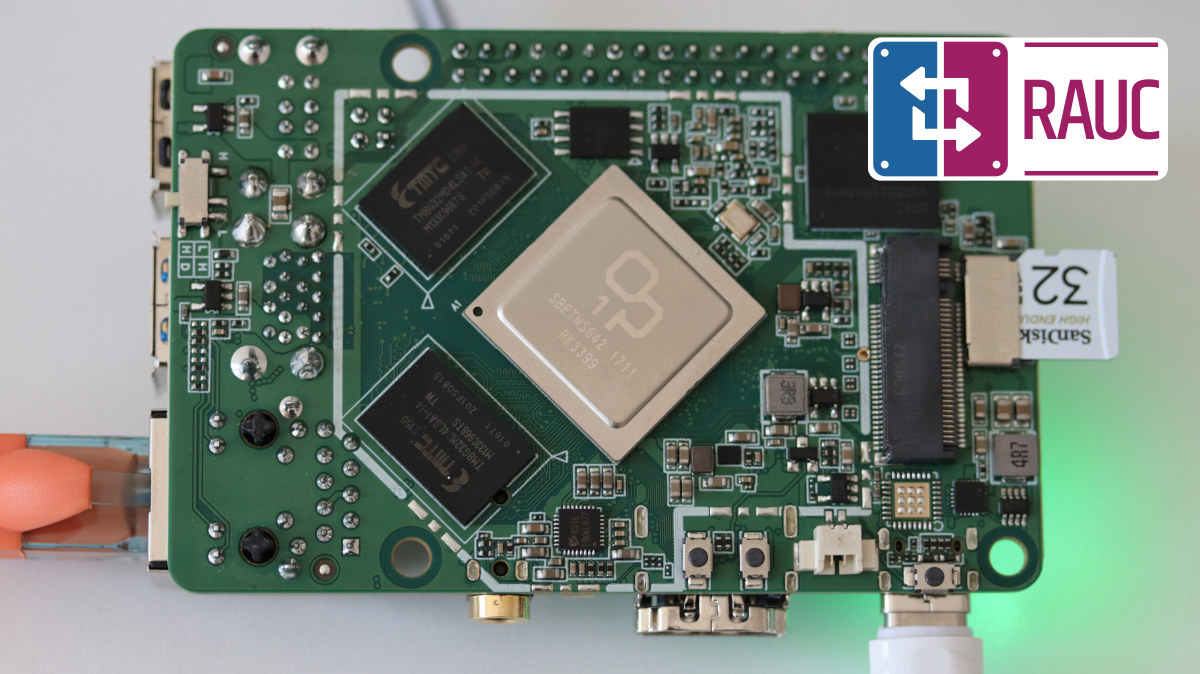GL.iNet GL-B3000 “Marble” is a typical WiFi 6 AX6000 router that ships with a photo frame acting as a stand for the router and makes it look like an office or home decoration item rather than another bland white box on the desk. The Marble router is powered by a Qualcomm IPQ5018 dual-core Cortex-A53 networking SoC coupled with 512MB RAM and 128MB NAND flash. Like other GL.iNet routers, it runs an OpenWrt fork with GL.iNet Admin Panel, OpenVPN and Wireguard VPN client/server support, Adguard Home, parental control, and other features. GL.iNet GL-B3000 specifications: SoC – Qualcomm IPQ5018 dual-core Cortex-A53 processor @ 1 GHz System Memory – 512MB DDR3L Storage – 128MB NAND flash Networking 1x Gigabit Ethernet WAN port 2x Gigabit Ethernet LAN ports Dual-band IEEE 802.11a/b/g/n/ac/ax WiFi 6 up to 574Mbps (2.4GHz) and 2402Mbps (5GHz) 4x internal antennas Misc – Reset button Power Supply – 12V/1.5A DC Input via […]
MSI MS-C918 is a palm-sized pocket PC with Intel Processor N100 CPU, Windows 11 IoT Enterprise
MSI MS-C918 industrial palm-sized pocket PC is powered by an Intel Processor N100 CPU with up to 4GB LPDDR5 memory and a 128GB eMMC flash preloaded with Windows 11 IoT Enterprise. The mini PC also comes with two HDMI 2.0 ports including one with HDMI CEC support, gigabit Ethernet, WiFI 6E, and Bluetooth 5.2 connectivity, and three USB 3.2/2.0 ports. The company says it’s best suited for small office environments, digital signage, meeting systems, and other compact setups. MSI MS-C918 specifications: SoC – Intel Processor N100 Alder Lake-N quad-core processor @ up to 3.4 GHz (Turbo) with 6MB cache, 24 EU Intel HD graphics @ up to 750 MHz; TDP: 6W System Memory – Up to 4GB LPDDR5 @ 4800 MHz Storage 128GB eMMC flash MicroSD card slot Video Output – 2x HDMI 2.0 ports up to 4Kp60 with one supporting HDMI CEC Power On/Off Audio – 3.5mm audio jack, […]
Banana Pi BPI-M5 Pro low-profile SBC features Rockchip RK3576 octa-core Cortex-A72/A53 AIoT SoC
Banana Pi BPI-M5 Pro, also known as Armsom Sige5, is a low-profile single board computer (SBC) powered by the Rockchip RK3576 octa-core Cortex-A72/A53 SoC for the AIoT market that offers a mid-range offering between Rockchip RK3588 and RK3399 SoCs. The board comes with 16GB LPDDR4X and 128GB eMMC flash by default, offers dual GbE, WiFi 6 and Bluetooth 5.2 connectivity, an M.2 2280 PCIe socket for expansion, HDMI and MIPI DSI display interfaces, two MIPI CSI camera interfaces, a few USB ports, and a 40-pin GPIO header. Banana Pi BPI-M5 Pro specifications: SoC – Rockchip RK3576 CPU 4x Cortex-A72 cores @ 2.2GHz, four Cortex-A53 cores @ 1.8GHz Arm Cortex-M0 MCU at 400MHz GPU – ARM Mali-G52 MC3 GPU with support for OpenGL ES 1.1, 2.0, and 3.2, OpenCL up to 2.0, and Vulkan 1.1 NPU – 6 TOPS (INT8) AI accelerator with support for INT4/INT8/INT16/BF16/TF32 mixed operations. VPU Video Decoder: […]
Orange Pi CM5 – A Raspberry Pi CM4 alternative with up to 16GB RAM, 256GB eMMC flash
Orange Pi CM5 is a system-on-module mostly compatible with the Raspberry Pi CM4 (and upcoming Raspberry Pi CM5?) powered by a Rockchip RK3588S octa-core Cortex-A76/A55 processor that supports up to 16GB LPDDR4 and 256GB eMMC flash compared to the Pi CM4 module that is limited to 8GB RAM and 32GB flash. Since the Rockchip RK3588S has more interfaces than the Broadcom BCM2711 found in the Raspberry Pi CM4, the company added an extra 100-pin board-to-board connector with extra interfaces such as native USB 3.0, SATA III, CAN Bus, and an additional PCIe 2.0 x1 interface for a total of two. Orange Pi CM5 Orange Pi CM5 specifications: SoC – Rockchip RK3588S octa-core processor with 4x CortexA76 cores @ up to 2.4GHz, 4x CortexA55 core @ 1.8GHz Arm Mali-G610 MP4 “Odin” GPU with support for OpenGL ES1.1/2.0/3.2, OpenCL 2.2 and Vulkan 1.2 Video decoder – 8Kp60 H.265, VP9, AVS2, 8Kp30 H.264 […]
Allwinner T527 digital signage and Smart Display board offers HDMI, eDP, MIPI DSI, and LVDS display interfaces
MYiR Tech’s MYD-LT527-SX is a board designed for digital signage and Smart Display applications based on the MYC-LT527 Allwinner T527 system-on-module from the company and offering a range of display interfaces namely HDMI, eDP, MIPI DSI and dual-channel LVDS. The digital signage board builds upon MYiR Tech’s MYD-LT527 development board with a larger design featuring many of the same ports (dual GbE, USB 3.0, audio jack, HDMI output), and plenty of connectors for expansion including additional USB 2.0 interfaces, speaker and microphone, RS232, RS485, CAN Bus, and more. MYiR Tech’s MYD-LT527-SX specifications: SoM – MYC-LT527 system-on-module with SoC – Allwinner T527 CPU Octa-core Arm Cortex-A55 processor with four cores @ 1.80 GHz and four cores @ 1.42GHz E906 RISC-V core up to 200 MHz DSP – 600MHz HIFI4 Audio DSP GPU – Arm Mali-G57 MC1 GPU System Memory – 2GB LPDDR4 Storage – 16GB eMMC flash, 32Kbit EEPROM 381-pad LGA […]
Cincoze DS-1402 review – Part 2: An Intel Core i9-12900E embedded computer tested with Windows 11 Pro
I’ve already checked out the hardware of the Cincoze DS-1402 modular embedded computer in the first part of the review with an unboxing and teardown of the Intel Core i9-12900E computer that ships with expansions such as an NVIDIA GTX 1630 graphics card held in place with a patented solution and two CMI expansion modules with four gigabit Ethernet ports each. I’ve now had more time to test the Cincoze DS-1402 with Windows 11 Pro, so I’ll report my experience with the system in the second part of the review checking out system information, testing features, running benchmarks, evaluating networking and storage performance, testing the thermal design, and taking measurements for fan noise and power consumption. I’ll also compare some of the second to the GEEKOM XT12 Pro mini PC powered by an Intel Core i9-12900H SoC since embedded SKUs – like the Core i9-12900E – are usually slightly slower […]
Amlogic S905X5M vs S905X4 – Features and benchmarks comparison
Amlogic S905X5M is an update to the Amlogic S905X4 quad-core Cortex-A55 SoC with a higher 2.5 GHz CPU clock and a new generation Arm G310 CPU that delivers up to close to three times the performance of the Mali-G31 MP2 GPU for more advanced and smoother HDR user interfaces. The S905X5M and S905X4 share the same video decoding capabilities, notably AV1 and H265 up to 4Kp75, but the new S905X5M drops support for H.265 1080p60 video encoding, only keeping H.264 1080p30. One of the new features is the inclusion of an NPU designed specifically for Super Resolution enabling video upscaling with better image quality. You’ll find the differences between the Amlogic S905X5M and S905X5 processors in the comparison table below. The Amlogic S905X5M adds some HDMI 2.1 features that deserve an explanation: QMS (Quick Media Switching) – A source device can instantly switch its content’s resolution or frame rate without […]
RAUC open-source OTA update solution for embedded Linux ported to Rock Pi 4 SBC
RAUC open-source OTA update solution enabling A/B updates for embedded Linux images has recently been ported to the Radxa Rock Pi 4 Model B SBC powered by a Rockchip OP1 SoC by the project’s maintainer, Leon Anavi working for Konsulto Group. If you run a Linux distribution like Ubuntu, Debian, or Fedora, packages and OS images are taken care of automatically or by running a few commands. However, software engineers who build custom embedded Linux images with the Yocto Project or Buildroot must handle this themselves. Luckily, there are already open-source OTA firmware update solutions such as Mender, Balena, Torizon, OSTree, Snap, or RAUC, and we’ll look at the latter today. RAUC (Robust Auto-Update Controller) was started by Pengutronix in 2015 and eventually adopted by the community. It’s a lightweight update client that runs on an Embedded Linux device and controls the A/B update procedure when a new firmware revision […]


